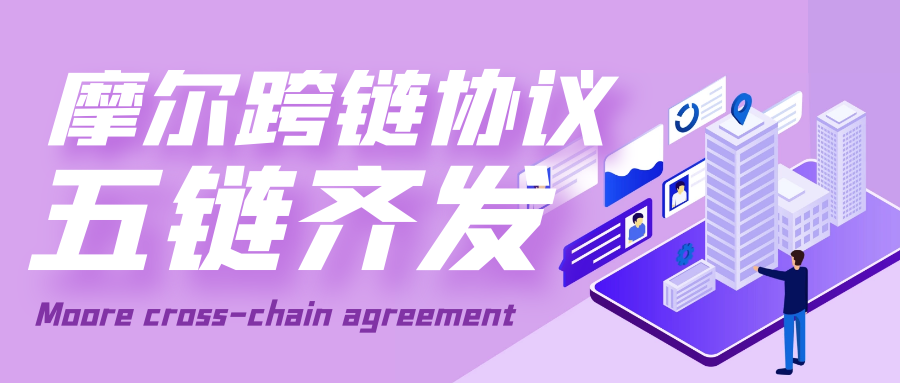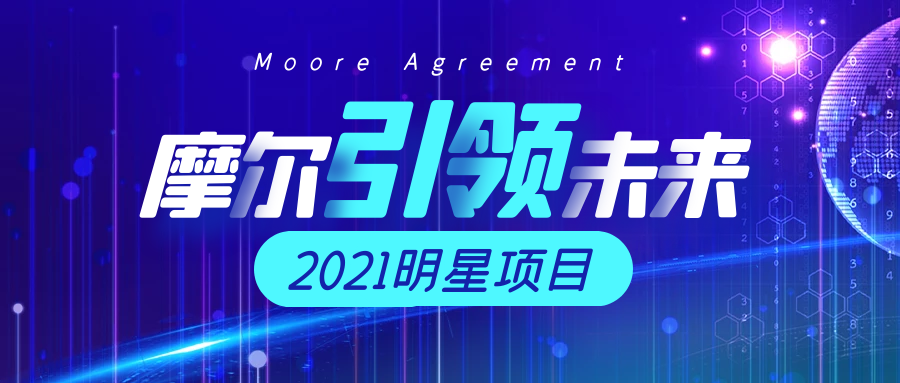What does the arrival of a new generation of cross-chains mean?
Changes often occur quietly, and old things are always marginalized unknowingly in the face of new trends.
The blockchain has been born for more than ten years, and its evolution is slow and rapid. The well-known Bitcoin and Ethereum opened the doors of blockchain 1.0 and 2.0 respectively, especially the rise of smart contracts, which began to allow the emerging technology of blockchain to enter the mainstream society’s vision, and its hidden value gradually floated. Out of the water.
However, it is inevitable that with the gradual enrichment of application scenarios and the rapid growth of market demand, it is limited to the closed single chain of its own network growth, and its inherent defects: asset fragmentation, data isolation, and different regions The inability to achieve communication between blockchains has also become a shackle and cage for the further development of the industry.
A series of black swan incidents caused mainstream digital currencies such as Bitcoin and Ethereum to plummet. The DeFi ecosystem on Ethereum triggered a series of paradoxes due to the performance bottleneck of Ethereum, which greatly frustrated and questioned the already weak DeFi market. It accelerates the demand of community users for high-performance underlying facilities.
In this case, the concept of cross-chain came into being. However, in the span of five or six years, the difficulty of cross-chain technology has made the development of this track difficult.
Until the Moore Agreement, step by step, grew into a leader in the cross-chain and multi-chain outlets, it also completely detonated this concept. In order to promote the development of the DeFi ecosystem, the Moore protocol technical team developed the Moore cross-chain protocol, which will provide users with a safer, more efficient and convenient asset cross-chain bridge.
The mole cross-chain protocol is designed to allow mole to seamlessly connect to the entire DeFi ecosystem, allowing valuable digital assets on the chain such as BTC and ETH to be converted into standard assets on the smart contract chain such as Ethereum ETH, Binance, and Matic through the cross-chain protocol. . Through the mole cross-chain interaction protocol, through the standard interface, the blockchain with different structures is converted into a set of common asset types, realizing the interaction of assets inside and outside the Mole ecosystem, and providing mainstream digital assets (for example, BTC) Rich DeFi solutions.
The Moore cross-chain protocol uses an original multi-scenario asset cross-chain payment address to combine user asset cross-chain operation and DApp internal operation in one step, and one-click encapsulation, so that ordinary users do not need to perceive the intermediate process of asset cross-chain. “Transfer is cross-chain, and cross-chain is experience.”

From beginning to end, Moore’s vision is to create a future with interconnected chains.
As these parachains focusing on different fields and various applications deployed on parachains, each exerts its advantages and serves different needs, it is bound to attract more and more developers and users to enter, thus forming a A powerful ecology that can continuously produce blood.
The Moore protocol solves the scalability and interoperability, not only realizes the asset information transfer between the parachains and the composability of the business ecological development, but also can be further extended through the cross-chain bridge in a compatible manner Really construct a huge value network system.
By using the Moore cross-chain protocol, users can easily realize the transmission of encrypted assets between different blockchains. In order to fully meet the various needs of different target groups, the Moore cross-chain protocol is not limited to designated address transmission, and there is no need to sacrifice efficiency in exchange for the security of the chain itself. It ensures that all assets can be carried out under safe conditions. Real-time interchange. To
With the access of more and more high-quality blockchains, there is no doubt that the Moore Protocol will form a prosperous cross-chain ecology and maximize the role of the value blockchain network.
In the future, we can see more applications and excellent products based on the value network of the Moore protocol for ecological linkage. The emergence of cross-chain agreements represents the beginning of Moore’s ecological infrastructure and is also the trend of the entire Moore government.
The future of Moore is not just a blockchain. He creates a cross-chain financial technology service ecosystem that integrates DeFi technology facilities such as decentralized wallets, lending, financing, decentralized exchanges, oracles, and asset management brokers. Born to eliminate the application threshold of Defi, it is more popular and practical for the implementation of blockchain.
As a new generation of blockchain protocol, the Mole Protocol will be able to provide a truly open and free DEFI platform for various social innovations, and then give birth to some new financial applications and new business models that we still can’t imagine.
This is Moore’s ideal!
